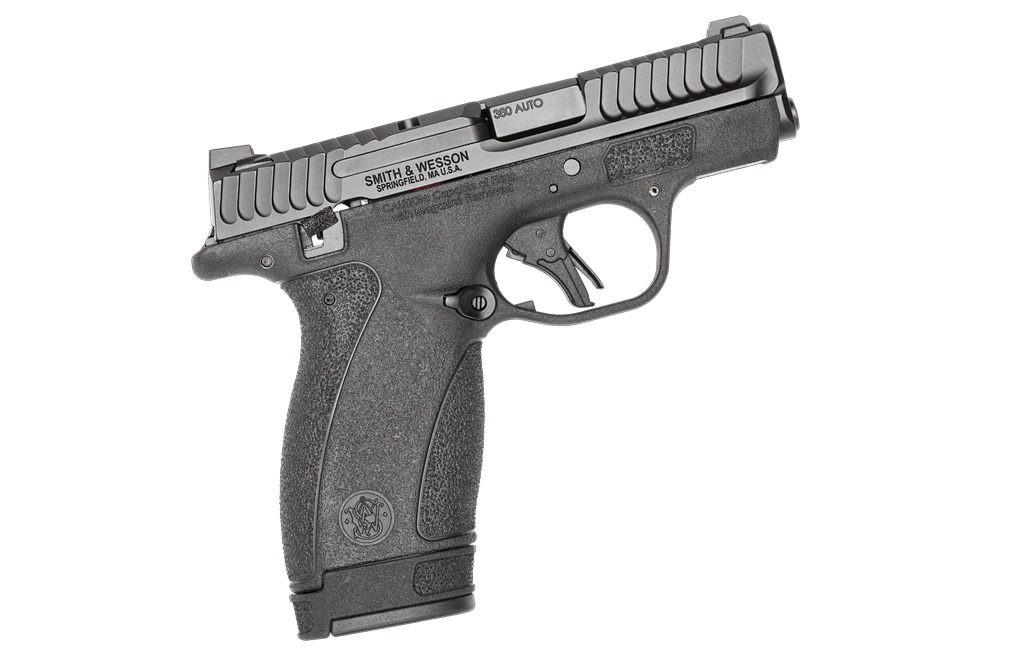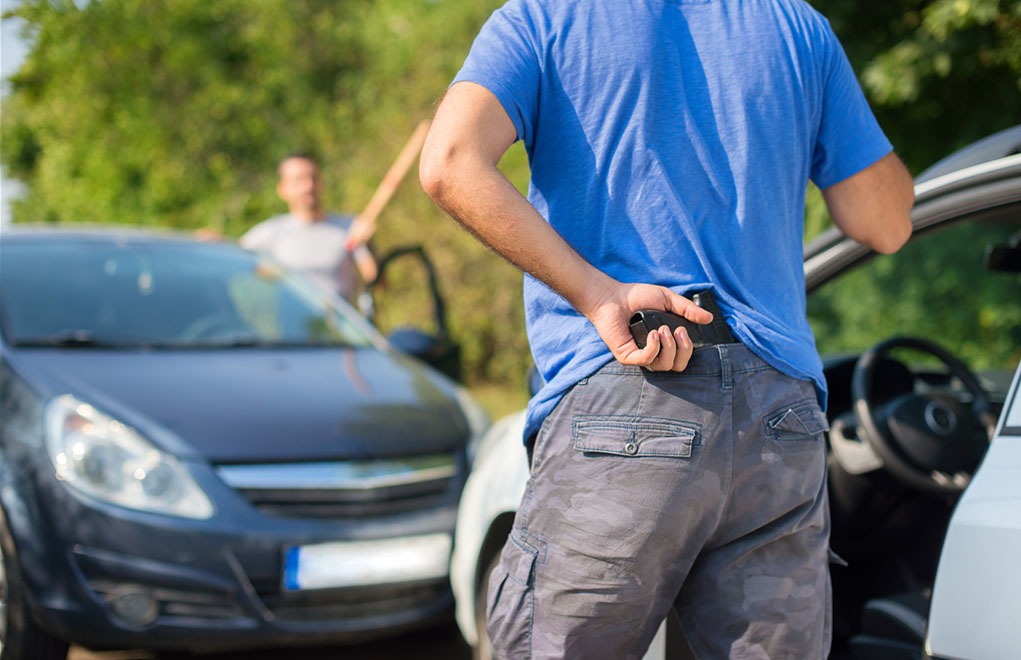Some folks say the snubnose .38 is outdated or out of style. Sales figures don’t reflect this. The 9mm striker-fired guns are the number one seller — no surprises there, but the snub .38 remains a strong choice according to the gun shops. Quite a few choose the snubnose revolver as their primary carry gun. Others choose the revolver as a backup to the primary gun — whatever it may be.
There are many short-barrel revolvers in calibers from .22 to .44, but I am focusing on aluminum-frame .38 Special revolvers. The primary use for my .38s is the back-up role. Therefore, I prefer an aluminum frame version.

I like to save weight when possible. Although lighter than a steel-frame revolver, aluminum-framed .38s use the same lock work. An airweight revolver is simply a variation on a standard revolver in which the majority of the frame is an aluminum alloy.
The snubnose revolver may be carried in a pocket, inside a vest, or in a purpose-deigned crossdraw or inside-the-waistband holster. Whether a Charter Arms with its steel skeleton around aluminum, Smith & Wesson Airweight, or Taurus Ultra Lite, these revolvers carry light but hit hard.
The snubnose is only of value against a threat if you have mastered it, but this is true of any handgun. As my friend Jerry Brickhouse said concerning frequent practice with his snubnose .38, “It isn’t a gun you can leave in the drawer all year and not shoot it.” The same may be said of the 9mm or .45 automatic, but the snub .38 is something of an enigma.
Purchased by everyman and seldom used, the .38 snubnose is at its best when in the hands of a well practiced handgunner, where it may do surprising work. I’ll be the first to admit, you probably need more gun if you are more likely to face multiple adversaries.
A peace officer, precious stone dealer, or pharmacist (in some areas) are at a high risk. In cases such as those, I recommend the .38 as a last ditch revolver or backup. I often carry the .38 during peaceful excursions and when walking the dog. It is almost like being armed some may jest. However, a lot of practice has gone into the .38 Special revolvers I carry.

The .38 Special is a minimal cartridge in my book for personal defense. However, with good shot placement, it will get the job done. If you have not practiced, you are in the unenviable position of being armed with a deadly weapon you cannot use well.
Engagement Distance
A friend who has seen some trouble, been shot, and shot adversaries… Doug says most people don’t understand handguns. They are for short-range work — 3–7 yards. Heft and balance mean a lot. The snub .38 he carries is easily handled. It is a powerful deterrent. If need be, at short range, it may be placed an opponent’s body. It may be fired as accurately as any gun at short range. It hits hard enough, he says, if you put it in the boiler room.
There are several good, quality, aluminum-frame .38s available. All are affordable. The Smith & Wesson 442 with its hidden hammer, smooth double-action trigger, and recoil-absorbing grips is one. The Charter Arms Off Duty is similar. The Taurus 856 Ultra Lite is a small frame .38 re-engineered to carry six shots, rather than five, in its cylinder. This revolver and others of the same type feature a visible hammer and may be cocked for single-action fire.

If you cannot afford the most expensive small revolver, you may get something almost as good for less money. A pretty gun isn’t as important as a reliable gun. Practice makes you faster and safer. And practice is the defining factor in proficiency. I may pick up a 9mm after a long hiatus and fire it pretty well. However, the snub .38 is more challenging and demands more practice. If your primary carry is a snubnose .38, you should hit the range every other week and certainly no less than once a month.
A nickname for the snubnose .38 is a ‘belly gun.’ This means it isn’t accurate enough for anything save thrusting the gun into an opponent’s belly and firing. Of course, the revolver is useful at longer range. However, the belly gun role should not be overlooked. This role should be appreciated particularly in the back-up role.
The revolver may be fired at contact range, and it will not jam in the same firing position in as an automatic would jam. Place the muzzle against an adversary’s body and fire repeatably. An automatic would jam. Another advantage would be when a gun grabbing bad guy tries to grab your revolver. There is very little leverage for him if he grasps a shot barrel, while you have a larger grip to hold onto. The snubnose .38 has many advantages in intimate range shooting. As an example, I have noted the type is a favorite among those who practice martial arts.

While the snubnose .38 is a good choice for intimate range use, and for keeping under the pillow at night (which many women and men living alone still do), there is a requirement to fire the pistol well at longer range. After all, the possibility of needing to fire at longer range should be addressed. I recommend firing the pistol at 7 to 10 yards. At this range the short sight radius that makes the revolver so easy to conceal doesn’t enhance accuracy.
The additional kick of a lighter revolver in an airweight frame is more noticeable in deliberate fire at longer range when compared to rapid fire at close range. You must first have the basics of handgun marksmanship squared away. You must apply these marksmanship basics to the challenge of firing the snubnose .38.
Practice a smooth, straight-to-the-rear trigger press. Firing should begin at 5 yards or so, until you build confidence. Speed will come later. Work on smoothness. An error in sight picture becomes more critical as range increases. Fire with a smooth, double-action trigger press. As the trigger resets, control recoil and bring the sights back into alignment.
Don’t push the session. Recoil builds — 30–35 rounds may be the limit in a firing session. If the practice is goal centered, this is a good standard. Don’t neglect to perform safe and effective dry fire in the home with a triple-checked unloaded revolver. Practice ammunition is inexpensive. 130-grain FMJ is fine for practice.
As for the ‘point of aim’ versus ‘point of impact’ relationship, at 10 yards 110-, 125-, and even 158-grain defense loads are close enough to the same point of impact that you may as well use the cheapest practice ammunition you can find.

When firing the revolver, don’t ‘low rate’ your skills. If you are doing well at 5 yards, you may be prepared for most situations — especially situations inside the home. Stretch your range, however, and you will shoot just as well at 7 yards with proper technique (maybe even 10 yards).
The longer the range, the slower the cadence of fire. Fire using one hand for at least for a cylinder of ammunition, once you are getting pretty smart in two-hand fire. It is ridiculously easy to miss at close range with any handgun if you have not built skill. Use the sights.
Ammunition selection is critical, but not nearly as important as shot placement. A 16-ounce or lighter revolver isn’t the place for heavy .38 +P loads. Buffalo Bore offers standard pressure, low flash, hollow point loads in 110- and 125-grain weights. Federal offersits 110-grain Hydra-Shok standard pressure, and Hornady has the 110-grain Critical Defense. These are good choices. Don’t neglect firing a few of these loads to acquaint yourself with recoil and to confirm the point of aim and point of impact relation.
Support Tools
It is good to have a spare gun load (extra magazine, speed loader etc.). Spare ammunition is essential in a primary weapon. If you carry the snubnose .38 as a backup, a spare load is less desirable. It isn’t often that the primary runs dry and you need a backup. More likely, you have a problem such as having the primary grabbed away or the primary has malfunctioned.

I often carry a flat, easily concealed, Galco ammunition carrier. At times I have carried a speedloader in a pouch. Galco offers an inside-the-waistband holster with an integral speed loader holster. Practice with the Speedloader, they demand attention to manipulation.
Snubnose Holsters
Good quality holsters make or break concealed carry. The revolver is well suited to ankle carry. An automatic pistol may malfunction after exposure to dirt, street debris, mud, or the like. I recommend ankle carry, only when the handgun is carried as a backup. For primary carry, an inside-the-waistband holster makes for excellent accessibility and speed.
Choose a well-designed holster that doesn’t collapse after the revolver is drawn. During the winter months, I often carry a handgun in a shoulder holster. The Falco shoulder holster is one of those masterpieces of leather that does everything right.

Any shoulder holster demands proper adjustment — prior to wearing it. Count on an hour or so of off/on adjustment. Perhaps a little less if you are good at spatial relationships and have help. A helper will be able to adjust the harness as you are wearing the rig. The Falco holster offer a fast draw, very sharp, and also offers a dual speed loader carrier to offset the handguns weight.
The airweight .38 is a time-proven handgun that offers real utility and reliability. The type is well suited to many chores if you are willing to master the handgun. The snubnose .38 Special is not for everyone, but for some, it is the ideal defensive tool.
Do you carry a snub nose .38 revolver as a primary or back-up gun? Which model and load do you prefer? Carry position? Share your answers in the Comment section.
Read the full article here
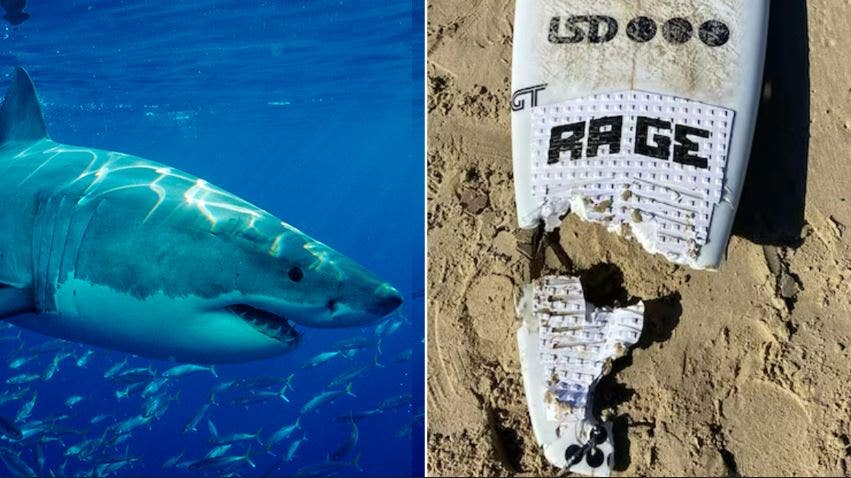
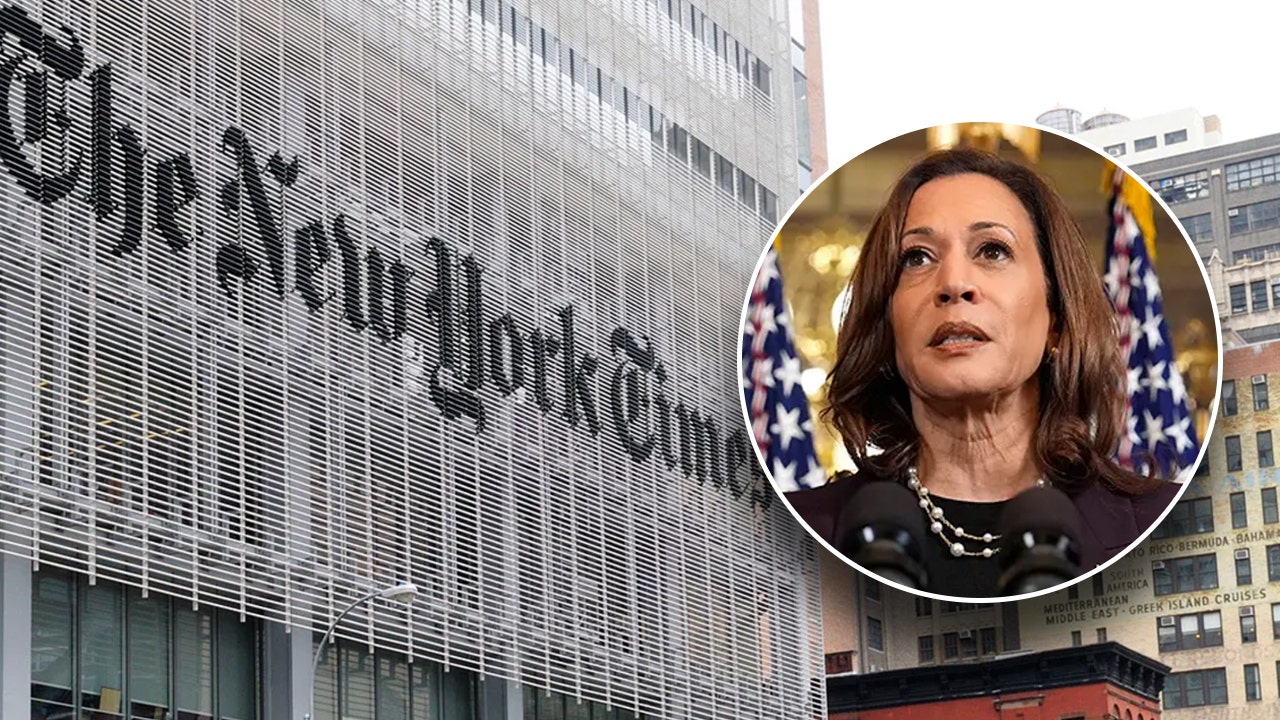













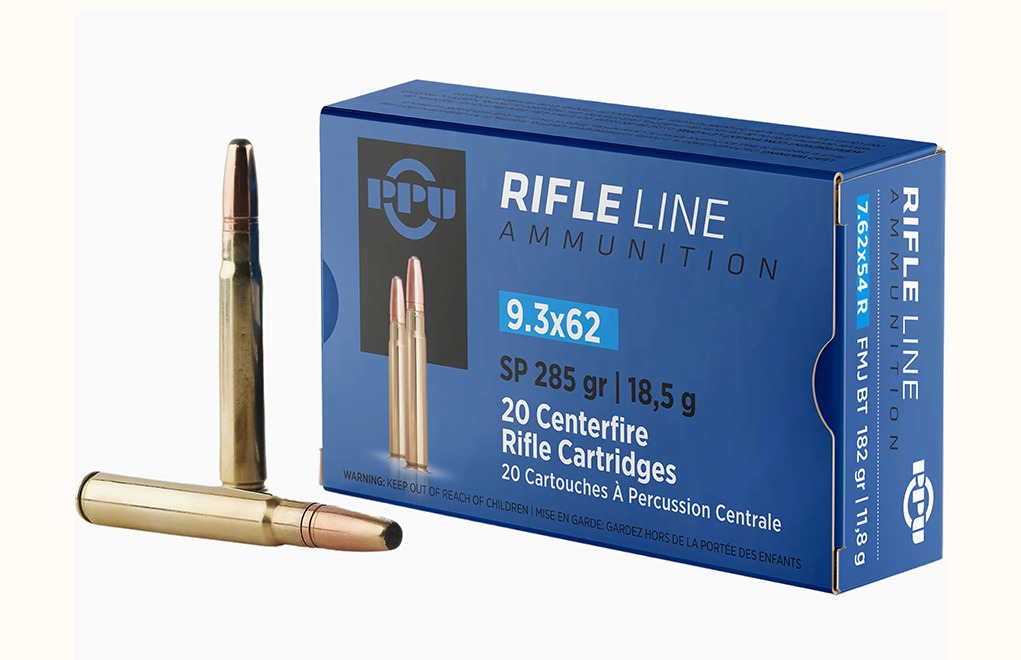

![Best .380 Pistol Options For Deep Carry [Tested]](https://gundigest.com/wp-content/uploads/380-Pistol-Sig.jpg)


